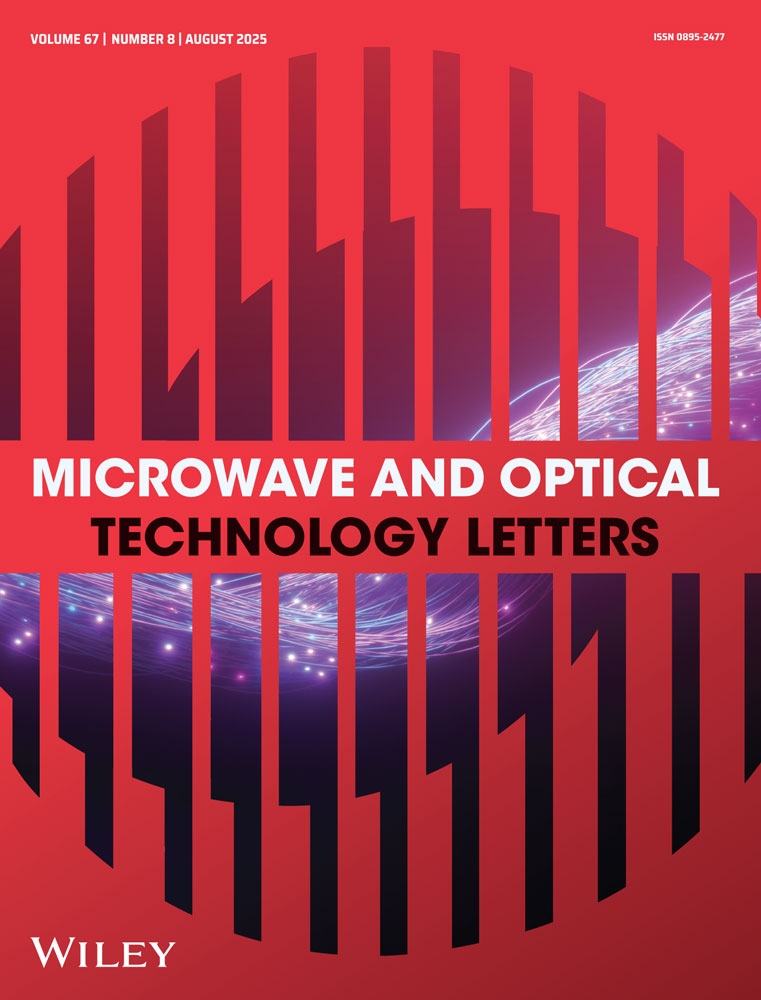Compact angularly stable frequency selective surface using hexagonal fractal configurations
Abstract
A compact bandstop frequency selective surface (FSS) using fractal structure is proposed. This flexuous design elongates the cell perimeter of the ring-shaped FSS, which means the cell size gets smaller at the same resonance frequency. Furthermore, the unit cells adopt regular hexagon and the array employs equilateral triangle form. Because of its symmetric configuration, good frequency stability has been achieved for both horizontal and vertical polarizations at different oblique angles. For the stable bandstop character, this FSS can be used for protecting the staff of S-band radars against electromagnetic radiation, while the 900/1800/1900 MHz mobile bands and the 5.2/5.8 GHz wireless local area network signals are not affected. © 2009 Wiley Periodicals, Inc. Microwave Opt Technol Lett 51: 2541–2544, 2009; Published online in Wiley InterScience (www.interscience.wiley.com). DOI 10.1002/mop.24676




